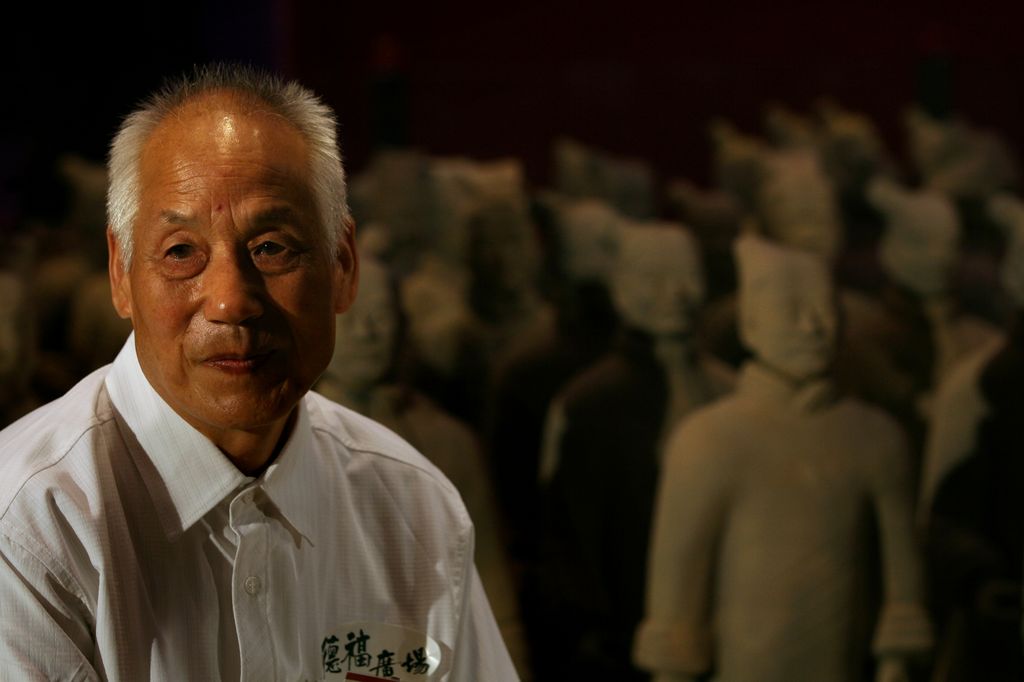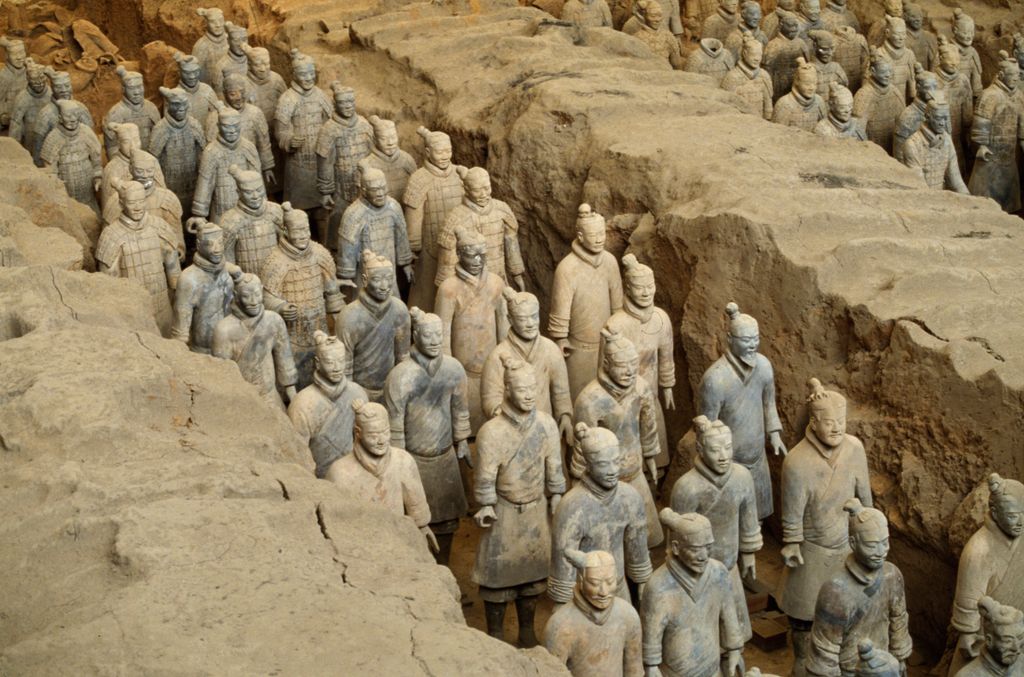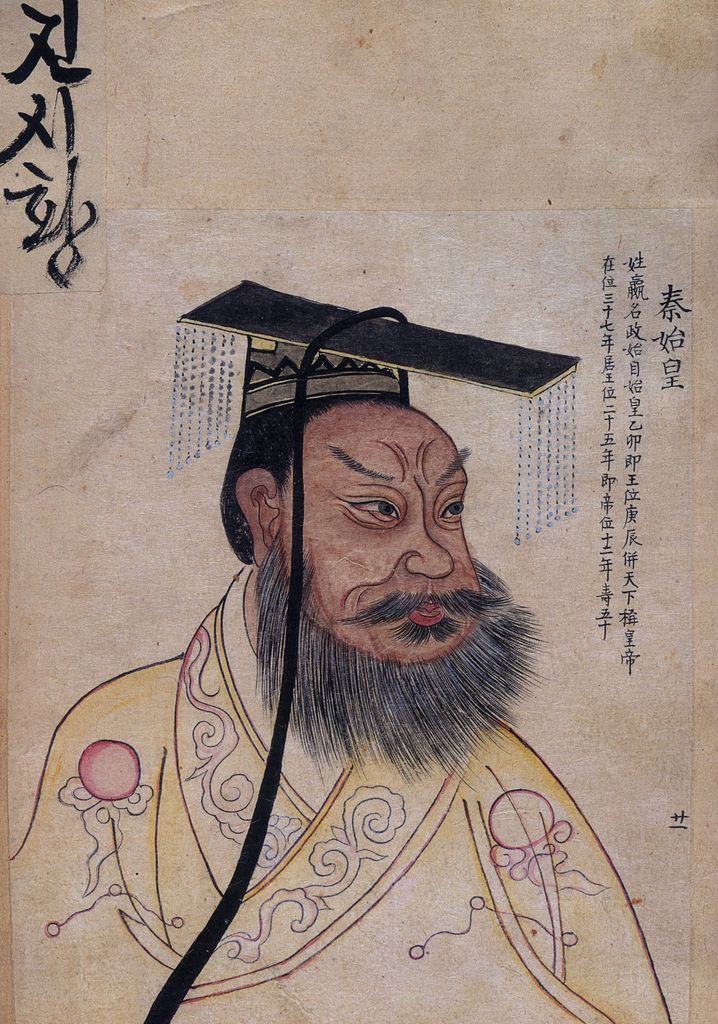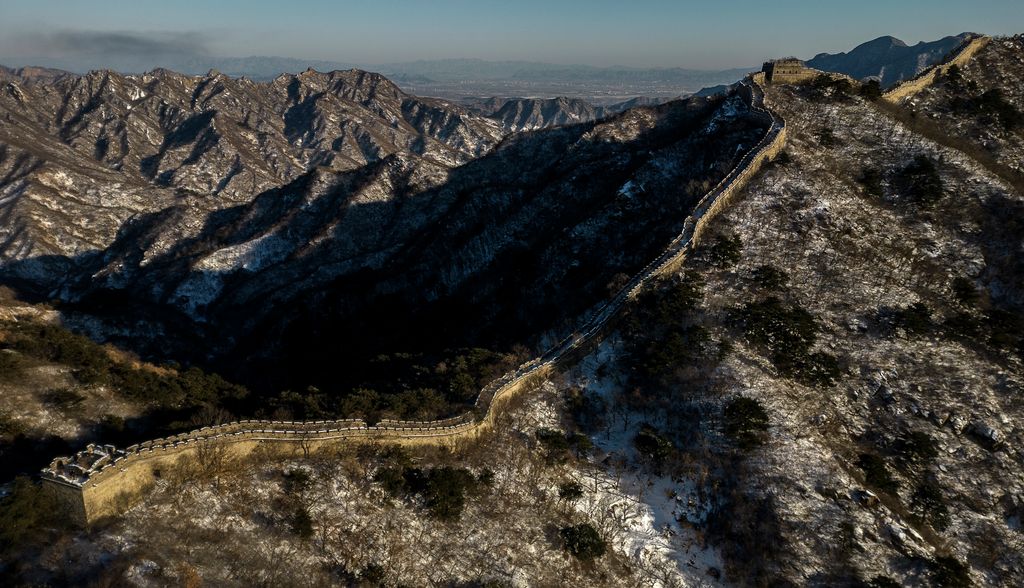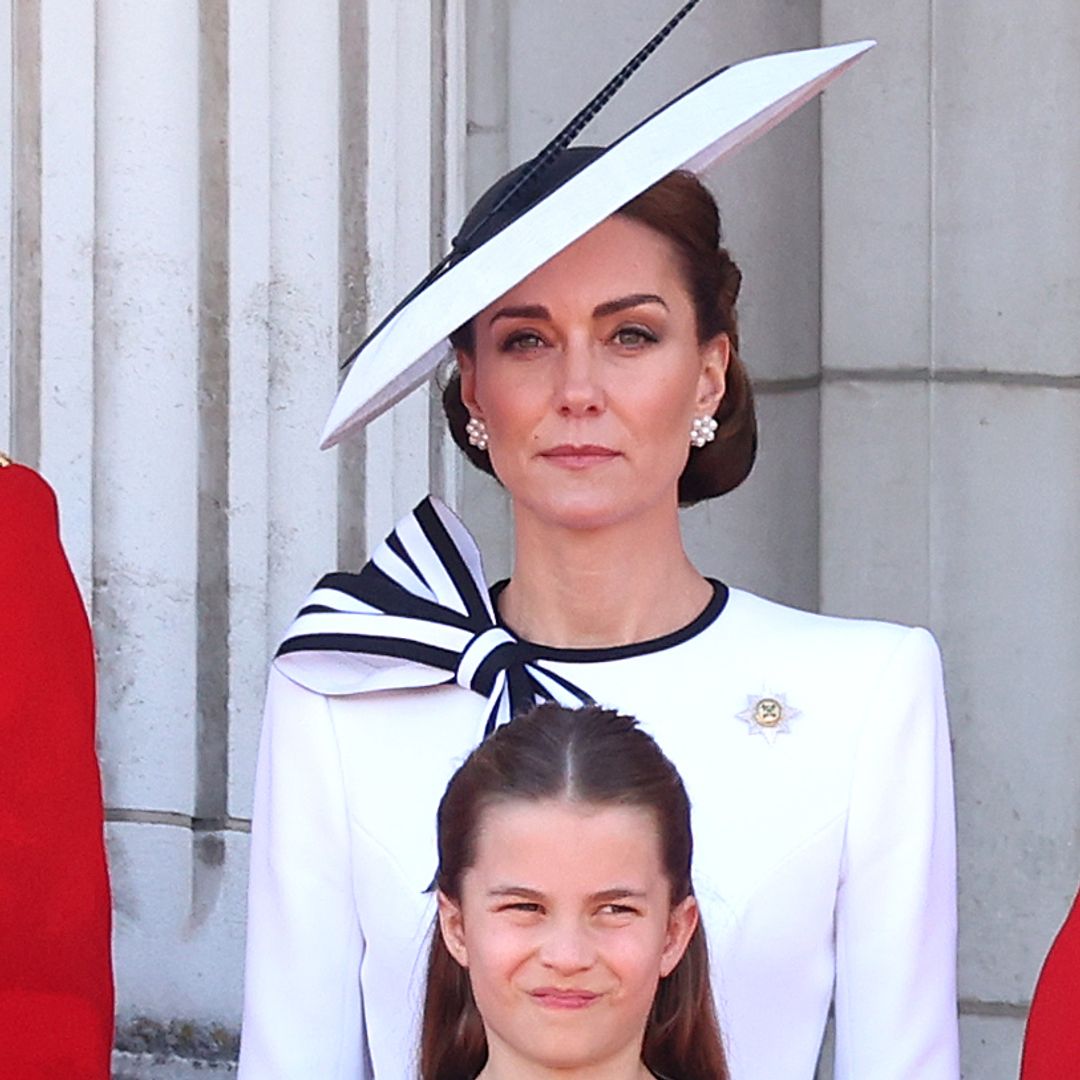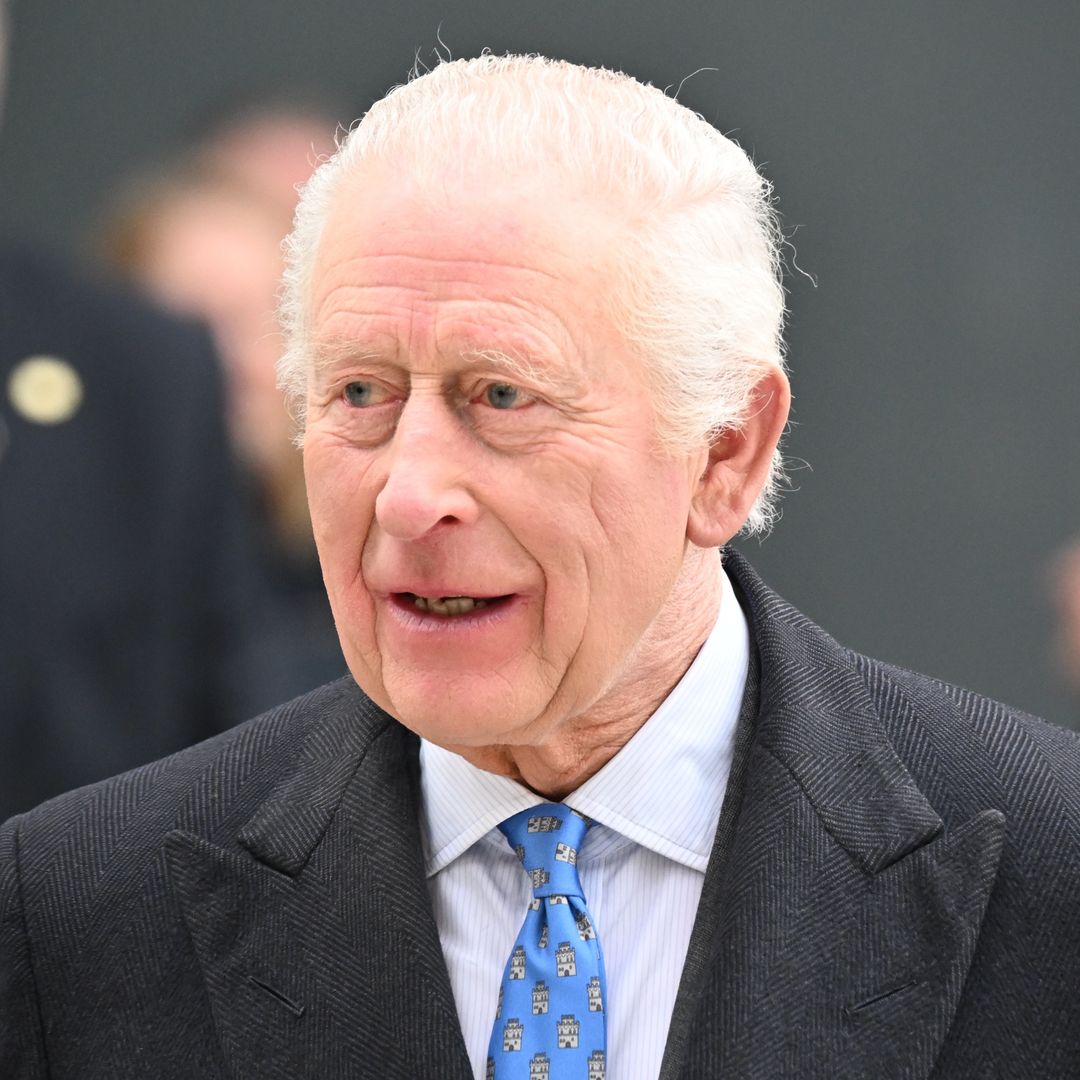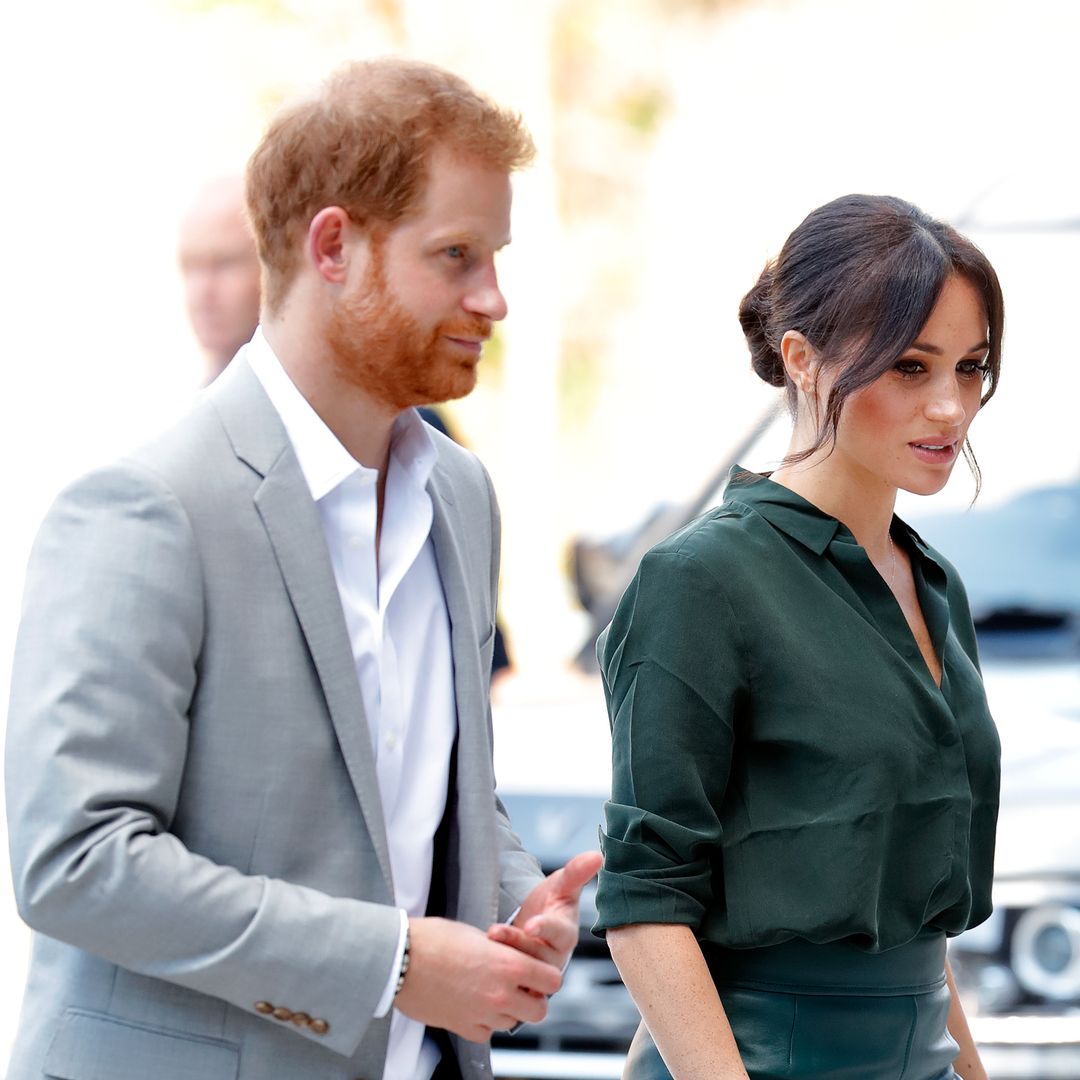A momentous discovery was made by a group of farmers in the Shaanxi province, China, on 29 March 1974.
Yang Zhifa, his five brothers, Yang Quanyi, Yang Peiyan, Yang Xinman, Yang Wenhai, Yang Yanxin and neighbour Wang Puzhi were digging a well in pomegranate and persimmon fields just an hour northeast of Xi’an, when Yang Zhifa’s shovel hit something solid about 15 metres below the surface.
It was a terracotta head that they mistook for an image of the Buddha.
"At first all we saw was the top of a head," Yang Quanyi told The Mail on Sunday, "then as we dug further we saw the whole head."
The farmers believed it was a bronze relic that they could sell, and broke it off with a hammer to take it back to the village.
"Everyone was afraid to touch it," Yang Quanyi said of the statue, adding that locals feared the repercussions of their actions. "We were frightened that the buddha would punish us."
The lives of the farmers from that moment were vastly changed. Officials and archaeologists descended on the region to excavate the tomb, and the land was claimed by the state. Compensation was siphoned off by officials and several members of the original group died in poverty.
"We got nothing for the discovery,” he told the paper.
"It was the days of collective farms and we were given ten credit points by our brigade leader for finding the warriors. That was the equivalent of about one yuan [5p]."
It soon became clear that their find was far beyond anything they could have imagined. They had found one of 8,000 terracotta foot soldiers, archers, horses and charioteers buried beneath the surface of the field in an area covering seven square miles.
The life-size warriors dated back to the 3rd Century BCE reign of Qin Shi Huang, the first emperor of a united China. The warriors surround his mausoleum, which remains unopened to this day.
While we might be familiar with the image of the Terracotta Army as rows and rows of brown figures, they were once painted in bright colours, which faded as soon as they were exposed to light and oxygen. Each statue weighs up to 272 kilograms (600 pounds) each and has unique facial features, poses and dress. There are horses drawing chariots and archers as well as warriors. To this day, they face east, which was the direction the emperor’s enemies came from.
Weighty emperor
The emperor the warriors protected was also a fascinating figure in China’s history. Qin Shi Huang established a centralised form of administration and ended territorial feudal power. He enforced standardisation for weights and measures, and ordered the construction of roads and canals.
To protect his newly founded empire from invasion in the north, he linked fortresses across the border together to form the Great Wall of China as we know it today.


